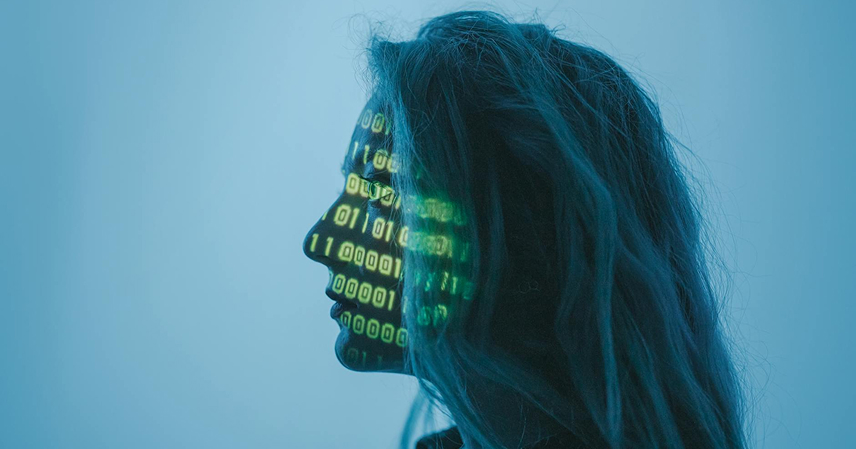For centuries, art was confined to a physical canvas, a block of marble, or a gallery wall. But a new technological wave is fundamentally reshaping what it means to create and experience art. Virtual Reality (VR) has evolved beyond gaming and entertainment to become a revolutionary new medium for artistic expression, offering possibilities that were once the stuff of science fiction.
Let’s dive into how VR is not just changing the art world, but building entirely new ones.
## The Infinite Canvas: Art Beyond Physical Limits 🎨
The most immediate change VR brings is the elimination of physical constraints. In the virtual world, artists are no longer limited by the size of a canvas, the cost of materials, or even the laws of gravity.
- Sculpting with Light and Space: Tools like Tilt Brush and Gravity Sketch allow artists to paint and sculpt in three-dimensional space. Their creations are not flat images but immersive, walkable environments that the viewer can explore from every angle.
- Building Impossible Worlds: An artist can create a forest where the trees sing, a city that floats in the clouds, or an abstract sculpture made of pure light. The only limit is the artist’s imagination. This freedom from physical reality opens up entirely new genres of artistic expression.
## Art as an Experience, Not Just an Object ✨
Traditionally, we view art. In VR, we experience it. This shift from passive observation to active participation is one of VR’s most powerful contributions.
Instead of looking at a painting of a landscape, you can step inside it. You can walk around a sculpture, see how it changes with the light you control, and even interact with its elements. The artwork becomes a living, breathing space, and the viewer’s personal journey through it becomes part of the piece itself. This creates a much deeper and more personal emotional connection to the work.
## Redefining the Gallery and Museum 🏛️
VR is also democratizing access to art by completely rethinking the concept of the gallery.
- Art for Everyone, Everywhere: A virtual art exhibition can be accessed by anyone with a VR headset, anywhere in the world. This removes the geographical and financial barriers that often prevent people from visiting major art institutions.
- Curating Impossible Shows: Museums can now create exhibitions that would be physically impossible. They can bring together artworks from different corners of the globe, reconstruct historical sites, or allow visitors to “step inside” famous paintings to see them from the artist’s perspective.
## Conclusion
Virtual reality is more than just a new tool for artists; it is a new frontier for human creativity. It is challenging our definitions of what art can be, who can create it, and how we can share it. By offering an infinite canvas and turning art into a deeply personal experience, VR is not just revolutionizing the art world—it is expanding the very boundaries of imagination.



